lifepo4 12v 200ah battery
User Guide: Installation and Maintenance of BasenPower 12V 200Ah Lithium-Ion Battery
Introduction
As global attention on green energy continues to grow, households and businesses are seeking efficient and reliable energy storage solutions. The 12V 200Ah lithium-ion battery, as a high-performance energy storage device, has become a core component of solar and other renewable energy systems. This article provides a detailed user guide, covering the technical specifications, installation steps, maintenance recommendations, and troubleshooting methods for this battery.

Product Overview
Technical Specifications
Rated Voltage: 12V Capacity: 200Ah (25°C, based on a 10-hour rate) Energy Density: Up to 2.5 kWh/kg Cycle Life: Over 2000 charge-discharge cycles (at 80% depth of discharge) Dimensions: Compact design, suitable for various installation spaces Environmental Adaptability: Operating temperature range of -20°C to +60°CApplication Scenarios
This battery is suitable for various green energy storage systems, including:
Home Solar Energy Storage: Provides backup or off-grid power solutions for households. Industrial Energy Storage: Suitable for small industrial equipment and uninterruptible power supply (UPS) systems. Mobile Energy: Used in RVs, campers, or other mobile energy storage devices.Installation Guide
Pre-Installation Preparation
Choose a suitable installation location: Ensure the installation site is well-ventilated, avoiding high temperatures and humid environments. Keep away from open flames and flammable materials.
Connect the inverter and charge controller: Before installation, ensure the capacity of the inverter and charge controller matches the battery. It is recommended to use an MPPT (Maximum Power Point Tracking) charge controller for improved efficiency.
Test system connections: Use a multimeter to test all connection points, ensuring correct polarity and avoiding short circuits.
Installation Steps
Install the Battery Rack:
Use a standard-compliant battery rack to secure the battery, ensuring stability. Example: Place the battery horizontally in a dry, well-ventilated area, ensuring adequate spacing between each battery. Connect the Battery:
Use dedicated battery cables (avoid cheap welding wires) to connect the positive and negative terminals of the battery. Tip: Connect the negative terminal first, followed by the positive terminal, to reduce the risk of arcing.Connect the inverter and load: Connect the positive and negative terminals of the inverter to the battery, and connect the load devices to the inverter’s output.
Connect the charge controller: Connect the charge controller between the solar panel and the battery, ensuring efficient and safe charging.
Maintenance and Care
Routine Maintenance
Regular cleaning: Use a dry cloth or soft brush to clean the surface of the battery, preventing dust and dirt from affecting heat dissipation.
Check connection points: Monthly, inspect the battery terminals and cable connections to ensure they are secure and free from oxidation or loosening.
Monitor battery status: Use a battery monitoring system (e.g., BMS: Battery Management System) to track the battery’s voltage, current, and temperature in real time.
Charge and Discharge Management
Charging recommendations:
Use a dedicated lithium-ion battery charger, avoiding lead-acid battery chargers.
Ensure the charging environment is well-ventilated to prevent hydrogen accumulation.
Discharge precautions:
Avoid deep discharge (below 20% SoC) to extend battery life.
Use appropriate loads during discharge to avoid overloading.
Battery Balancing
If individual cells in the battery pack become unbalanced, use a balancer or professional equipment for adjustment.Common Issues and Troubleshooting
Issue 1: Battery Swelling
Cause: Overcharging, high temperatures, or internal short circuits. Solution: Stop use immediately, inspect the Battery Management System, and contact BasenPower technical support.Issue 2: Reduced Discharge Capacity
Cause: Battery aging or Battery Management System failure. Solution: Check the BMS status and consult a professional for diagnosis.Issue 3: Low Charging Efficiency
Cause: Faulty charge controller or charger, or internal short circuit in the battery. Solution: Inspect the charging equipment, ensure proper connections, and contact technical support.User Case Studies
Case 1: Home Energy Storage System
A household in Texas installed BasenPower’s 12V 200Ah lithium-ion battery alongside solar panels and an inverter, achieving energy autonomy.
Results: Saves an average of 15 kWh per day. Supports household loads for up to 3 days during power outages.Case 2: Industrial Energy Storage
A small manufacturing plant replaced traditional lead-acid batteries with BasenPower’s battery as a backup power source.
Results: Maintenance costs reduced by 40%. Cycle life exceeded expectations, reaching over 2000 cycles.Resources and Support
Downloadable Resources
BasenPower Battery Technical Manual: Learn detailed technical parameters and operating instructions. Battery Management System (BMS) User Guide: Master how to use the BMS to monitor battery status.Contact BasenPower
Customer Support Email: support@basenpower.com Technical Support Hotline: +1 (800) 123-4567 Official Website: https://www.basenpower.comThis guide should equip you with a comprehensive understanding of the installation and maintenance of BasenPower’s 12V 200Ah lithium-ion battery, ensuring efficient system operation and extended battery life. For further information about our products or services, feel free to contact us!

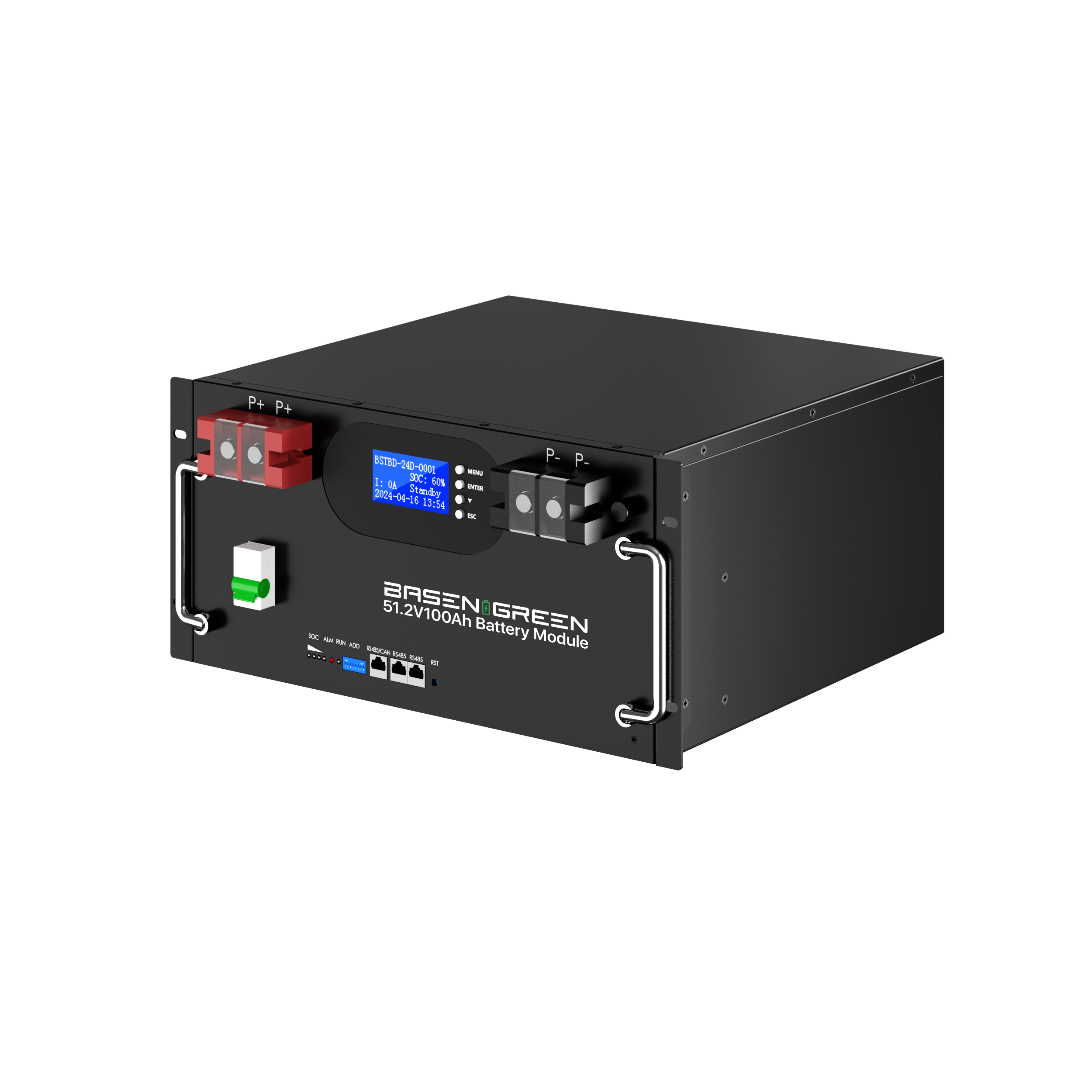
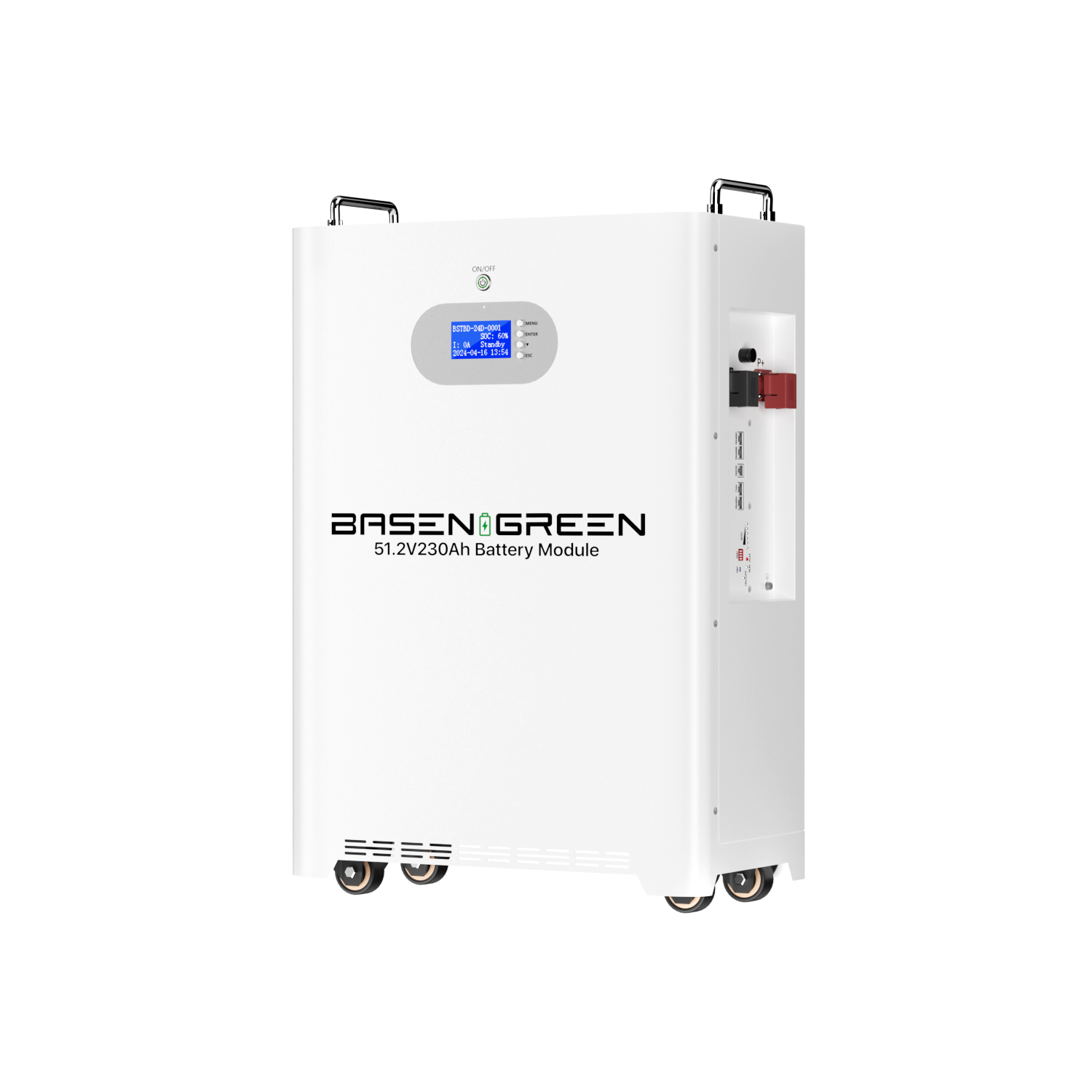
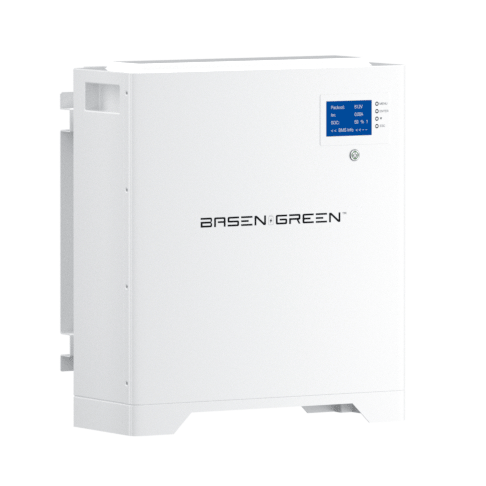
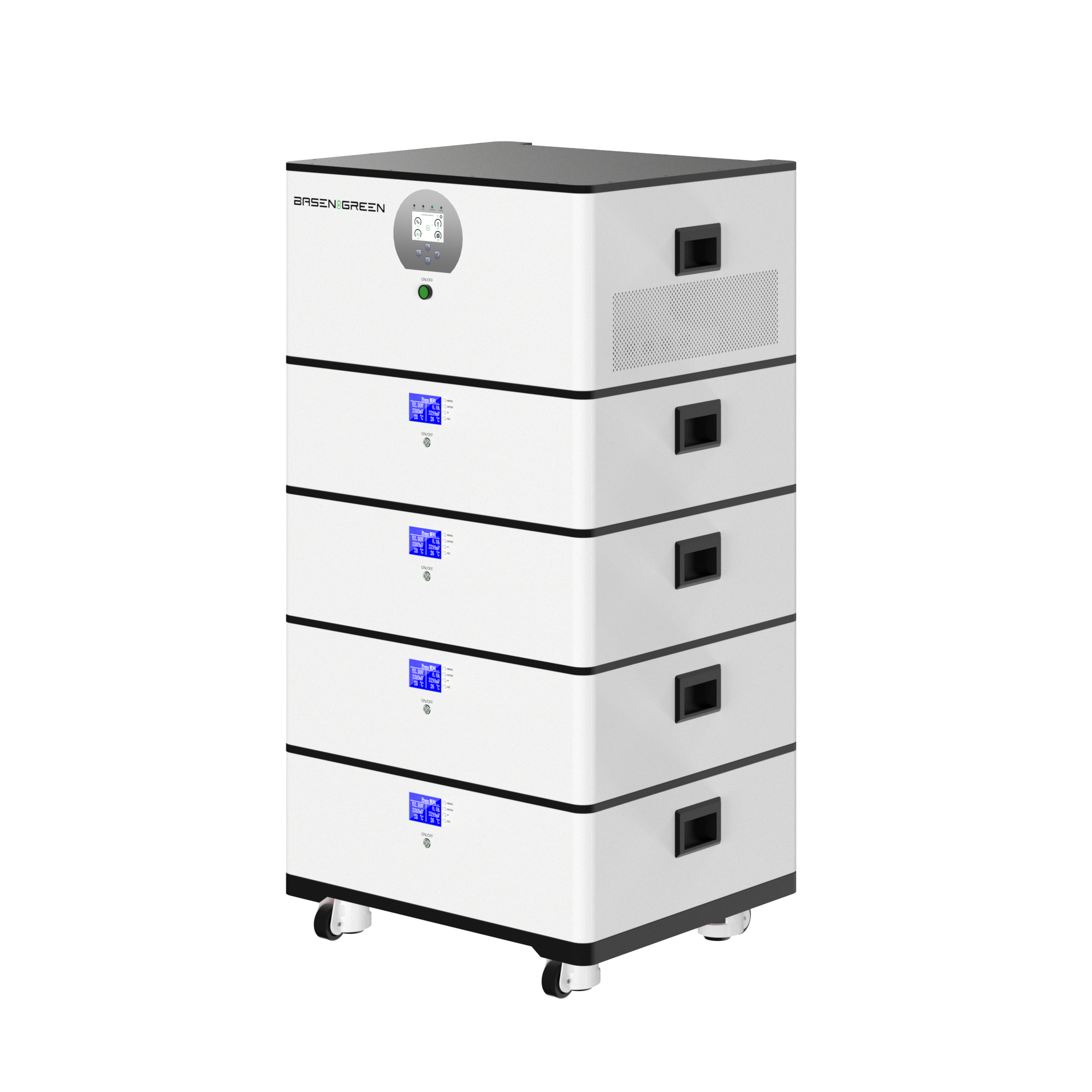

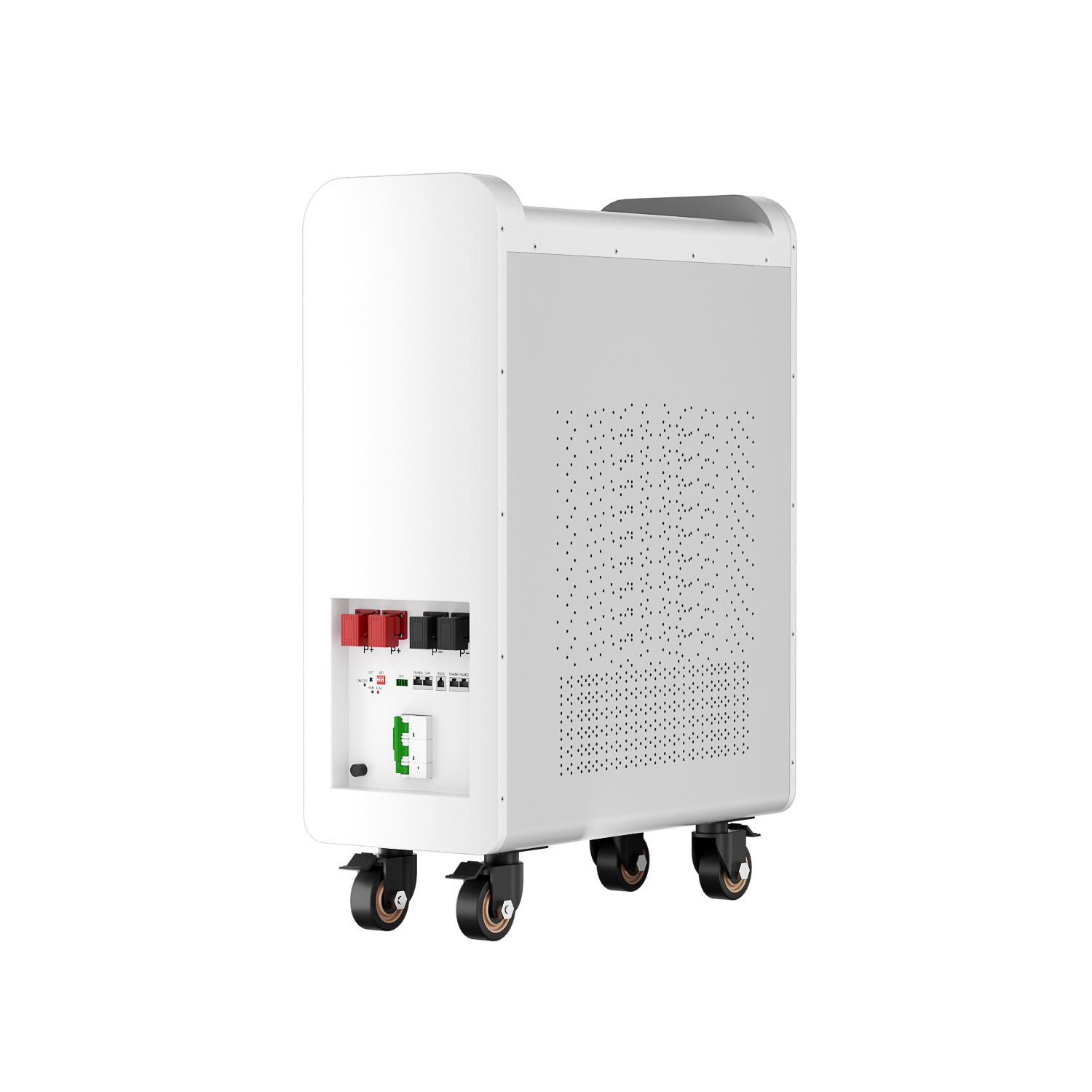
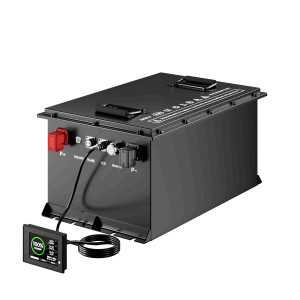
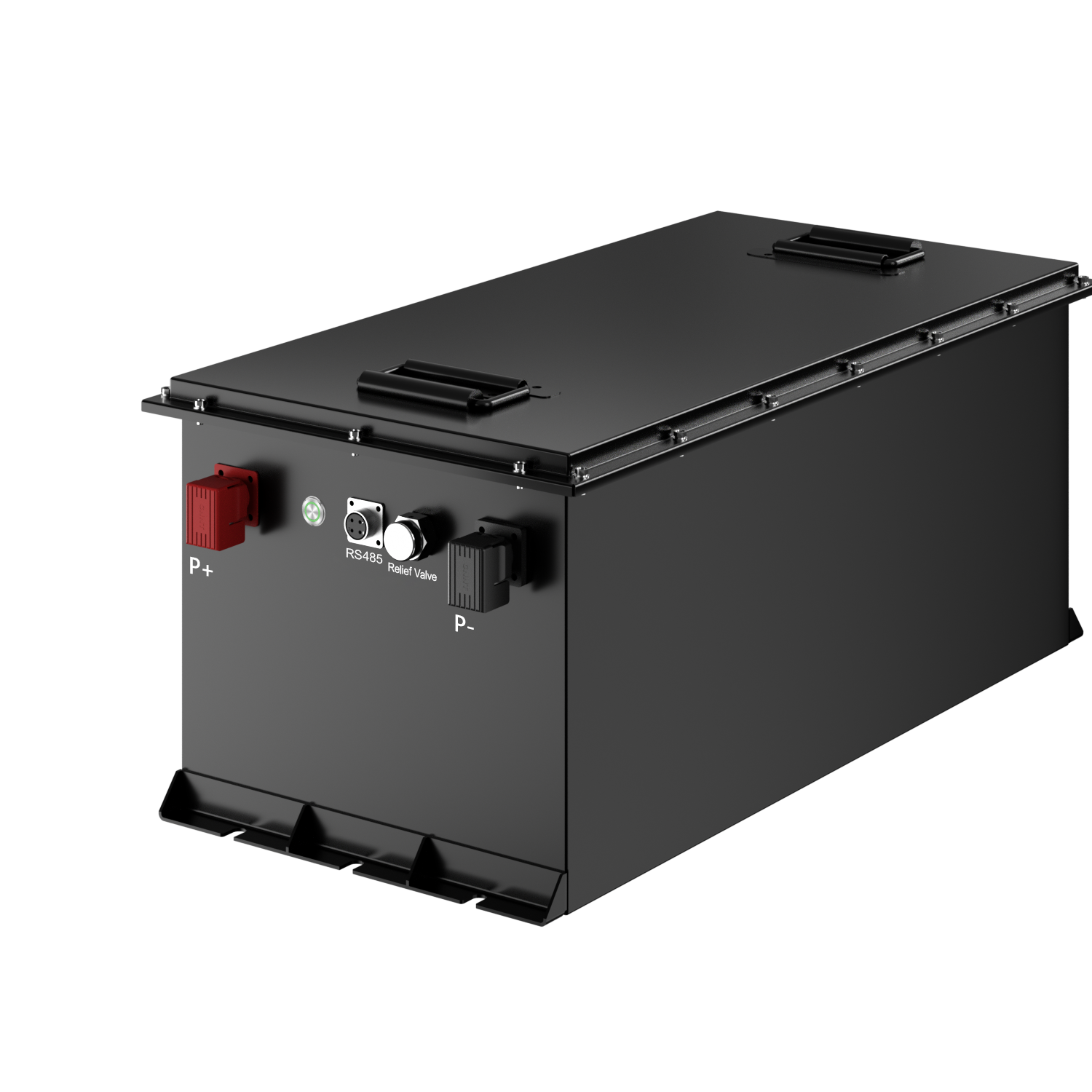
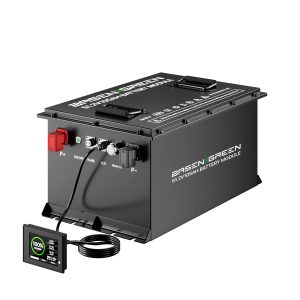
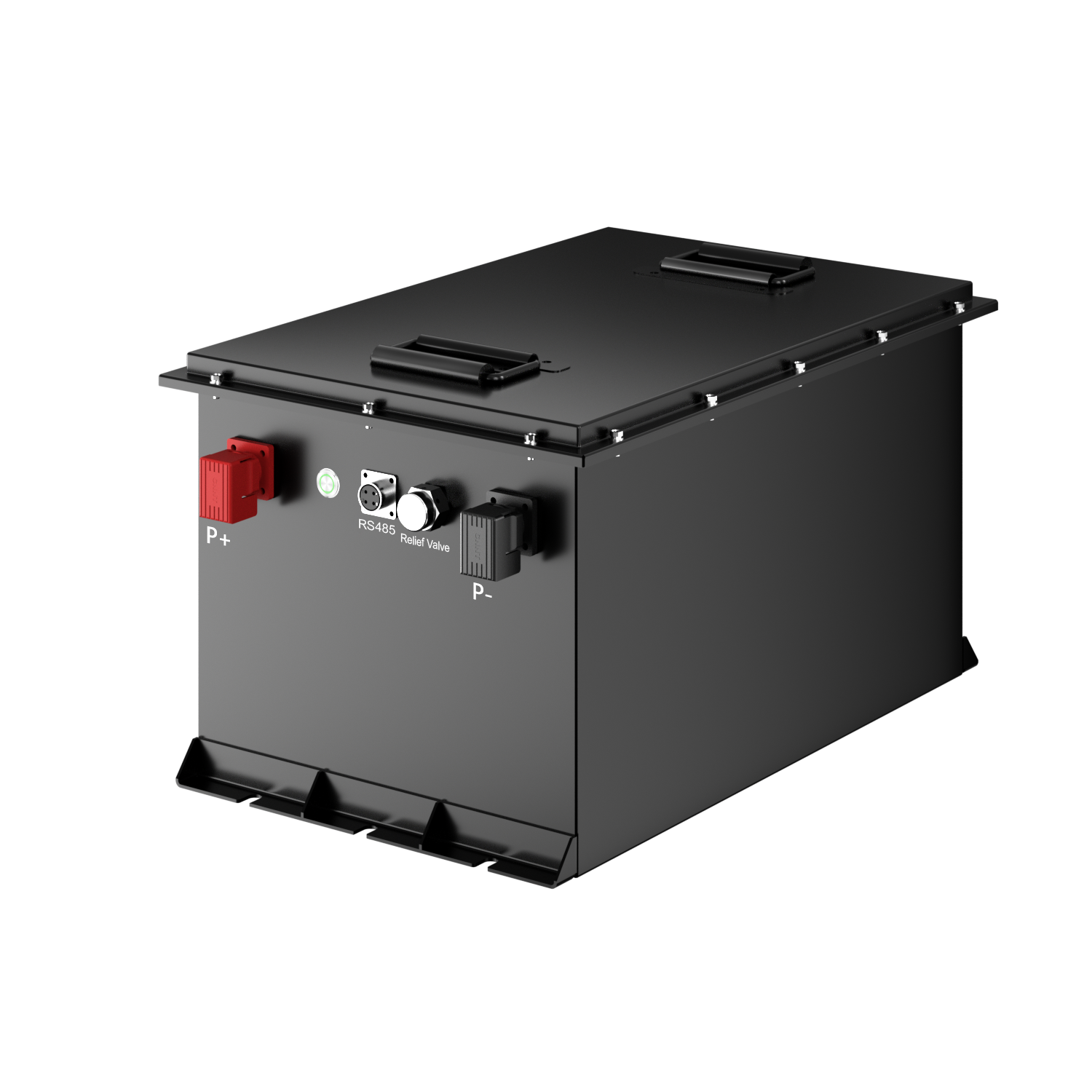
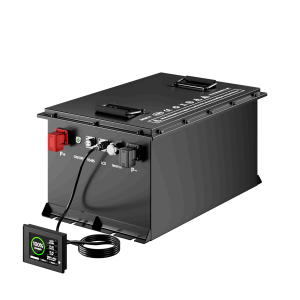

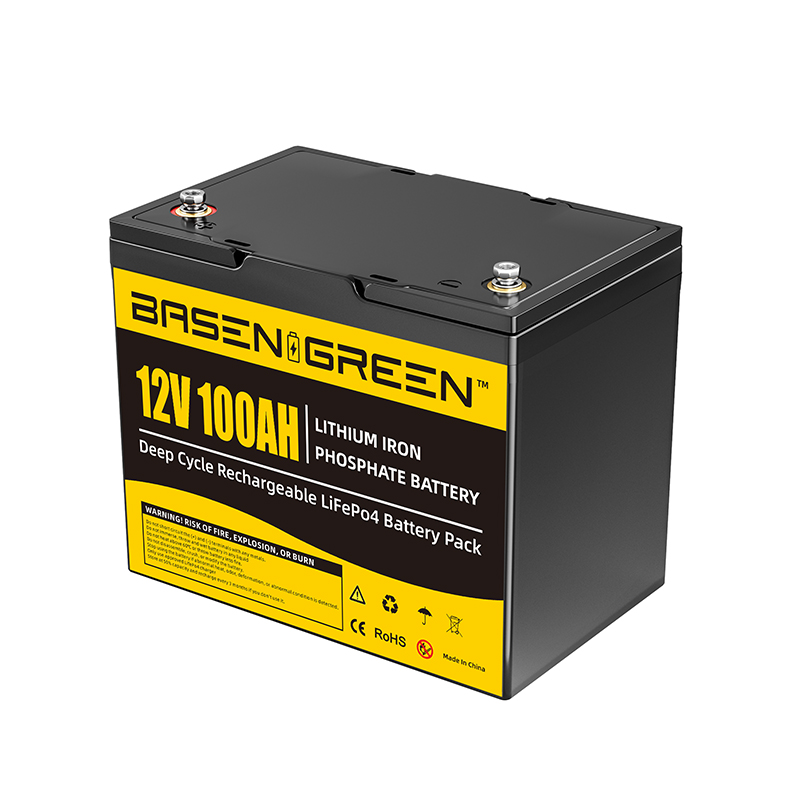
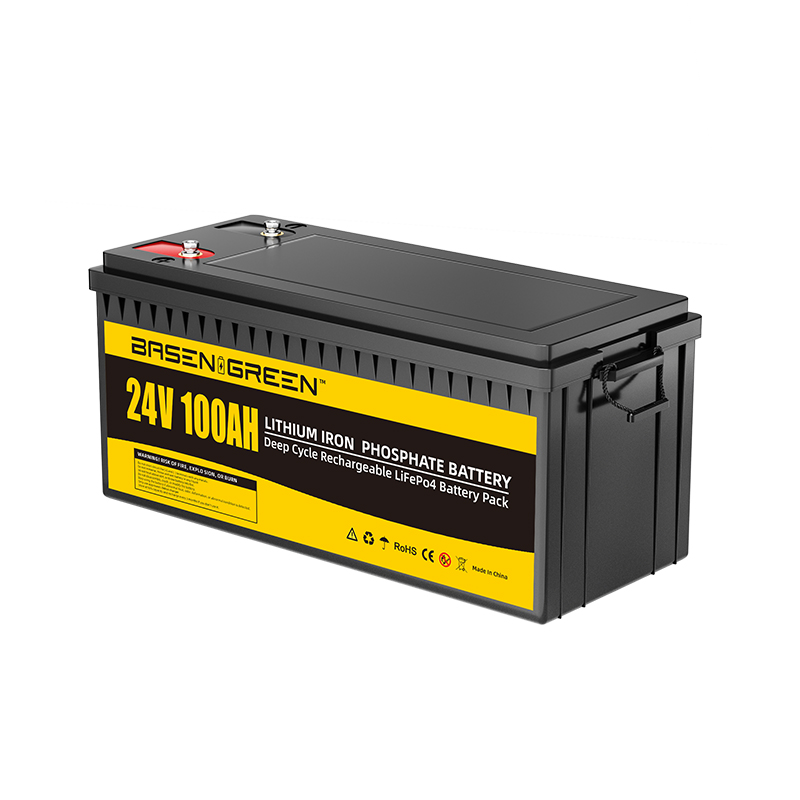
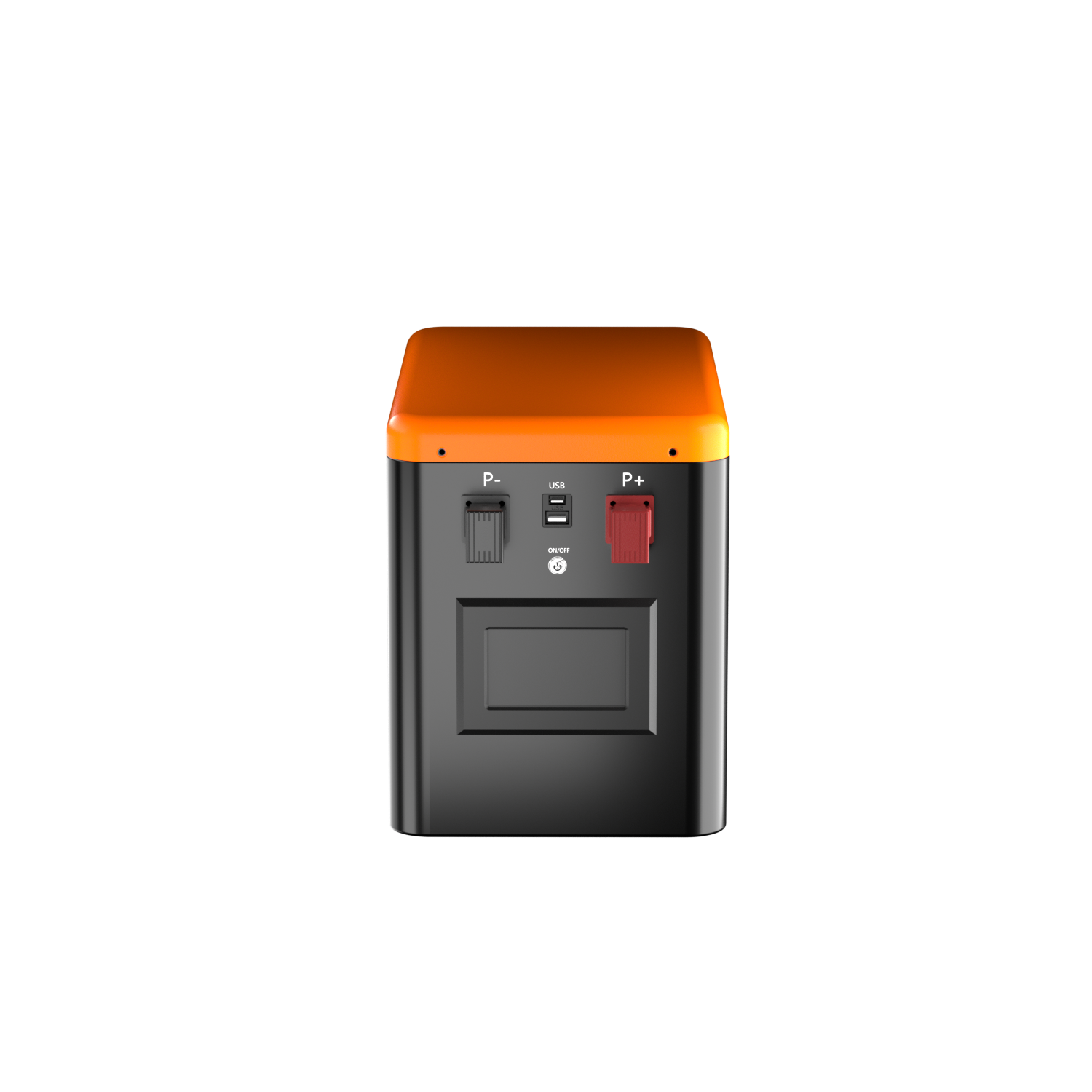
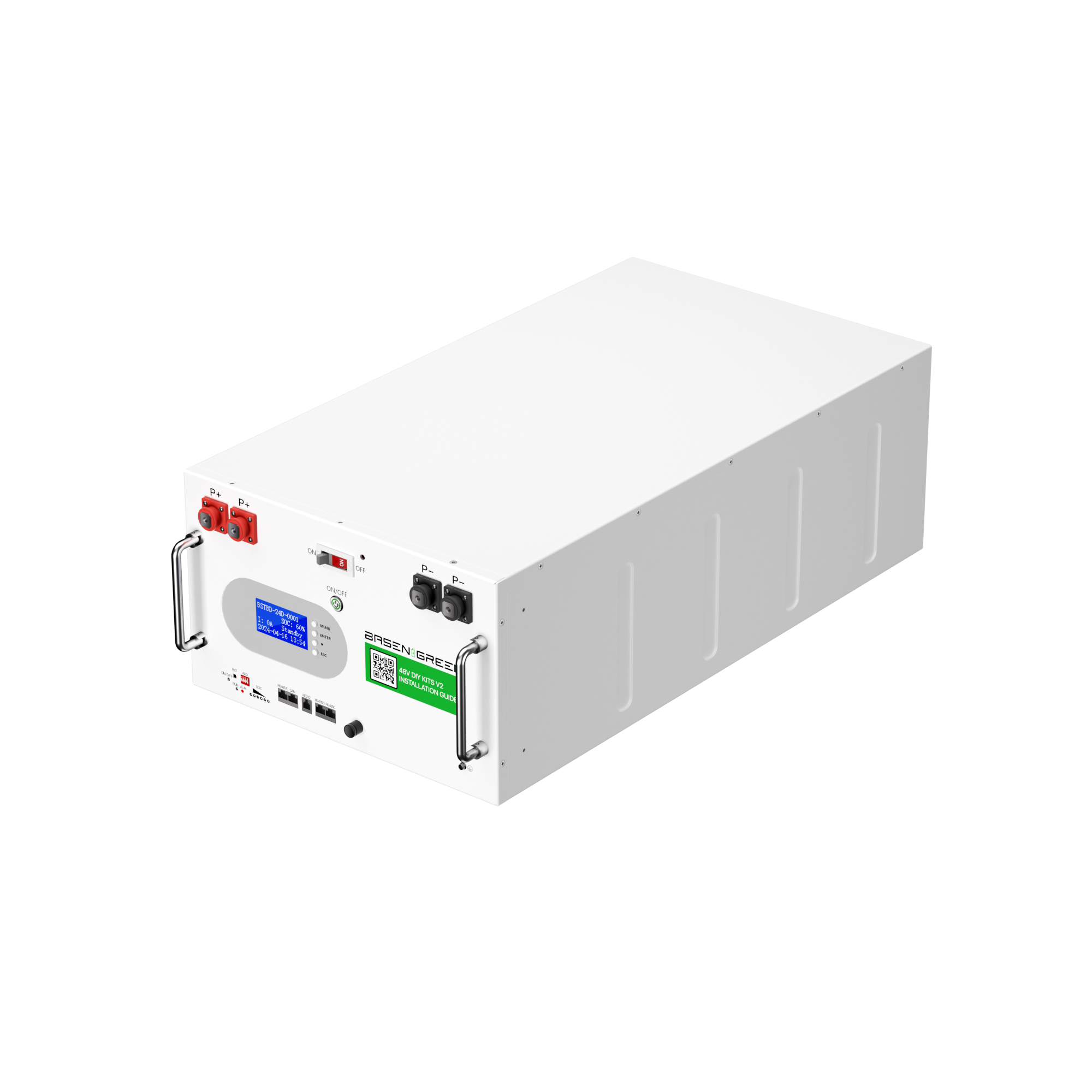
.png)